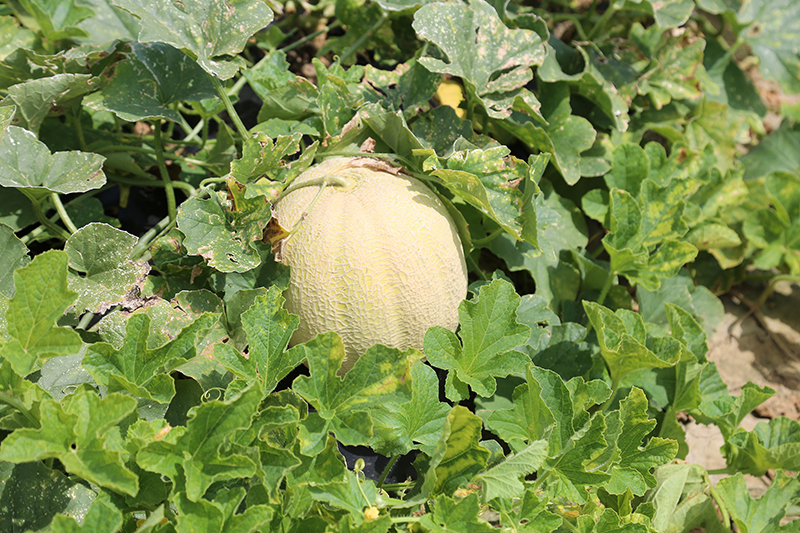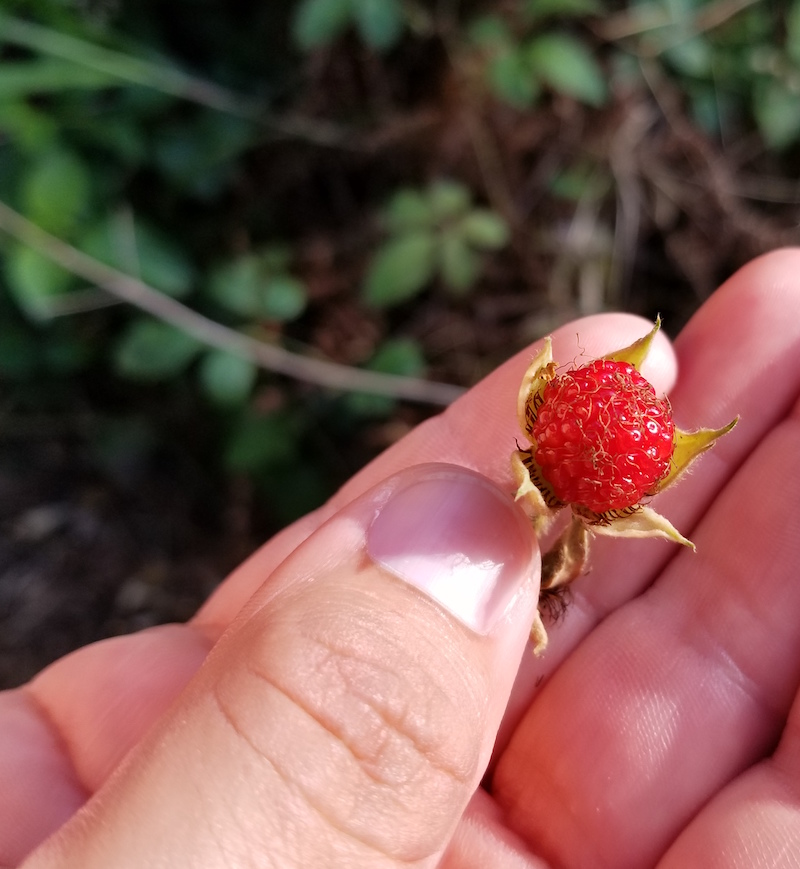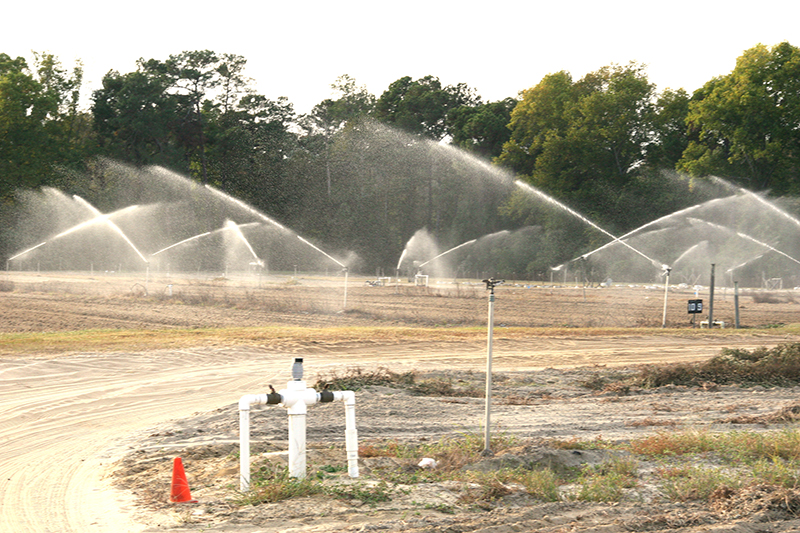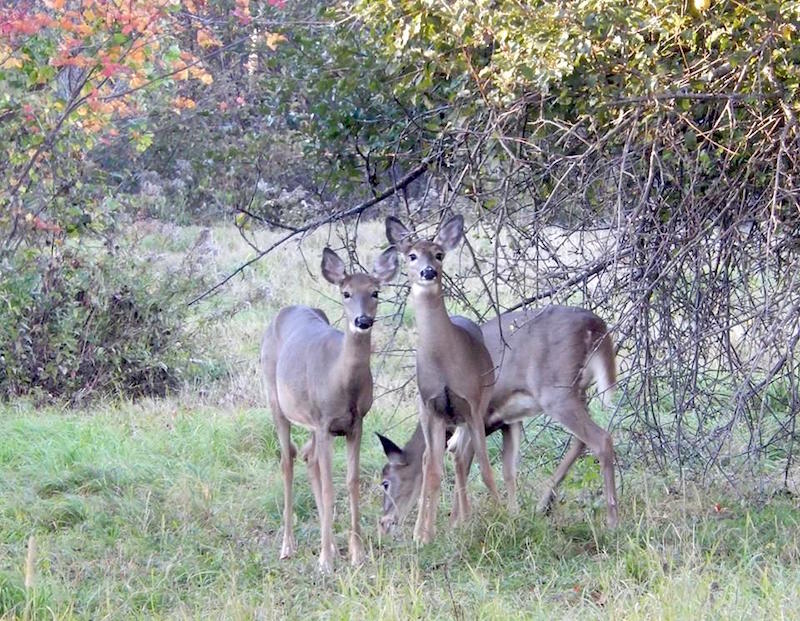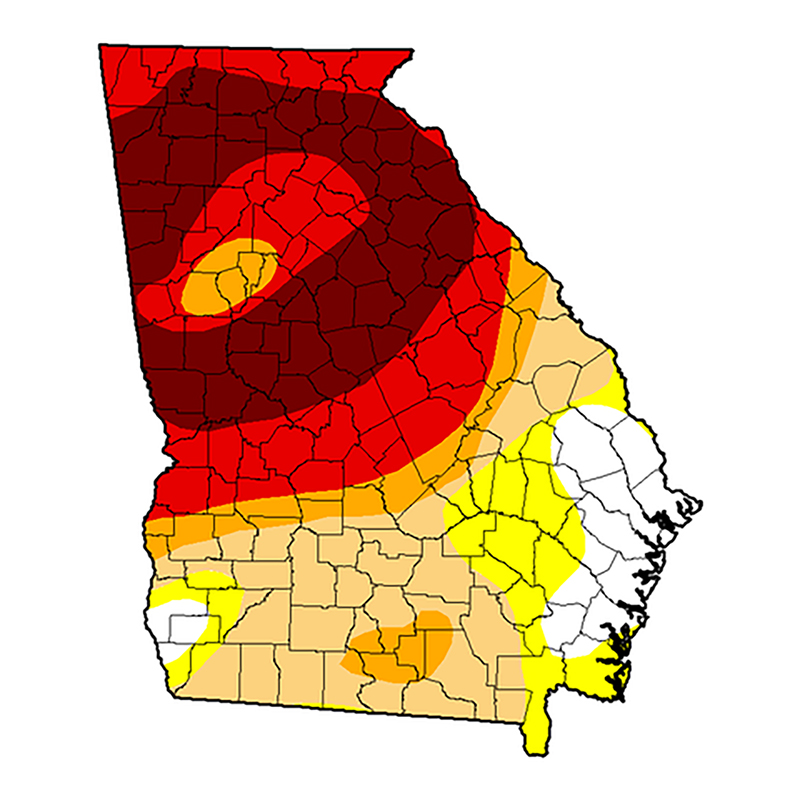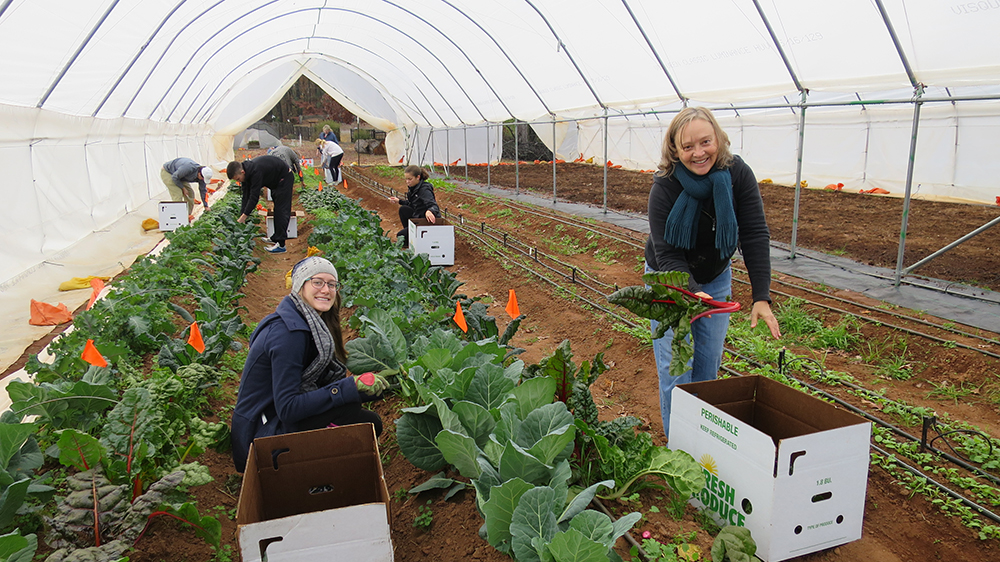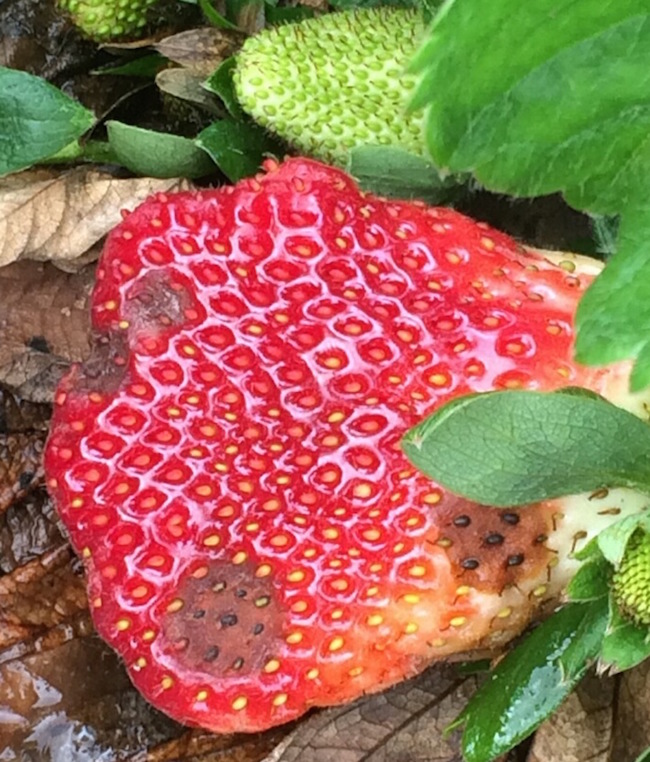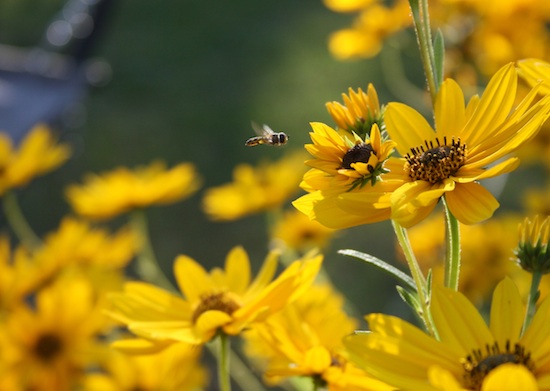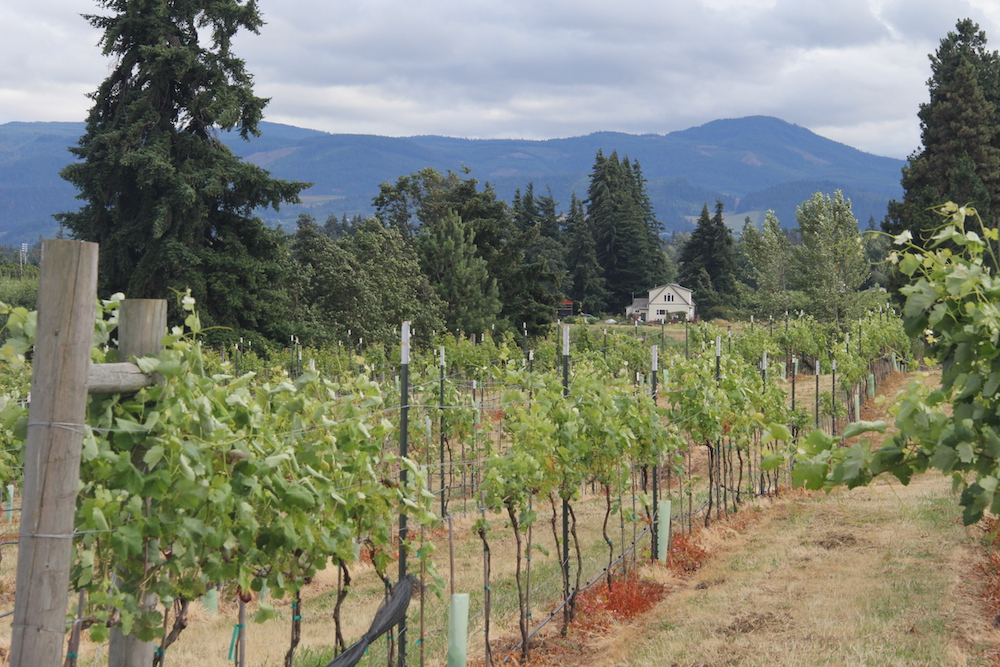 CAES News
CAES News
Grape Growers
With the growth and increased marketability of the state’s wine industry, Athens, Georgia, is hosting new conferences that will focus on how to create quality fruit and turn it into a palatable beverage. The Southeastern Regional New Grape Growers Conference will be held at the University of Georgia’s South Milledge Greenhouse Complex in Athens on Dec. 11.

